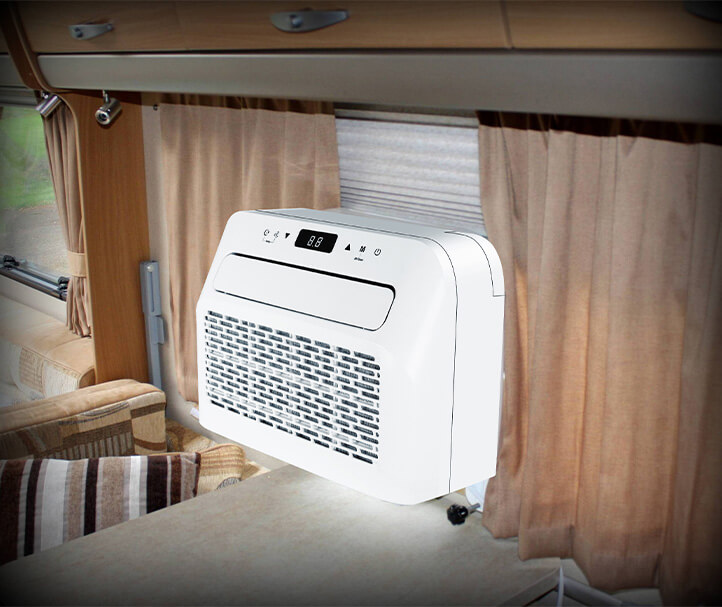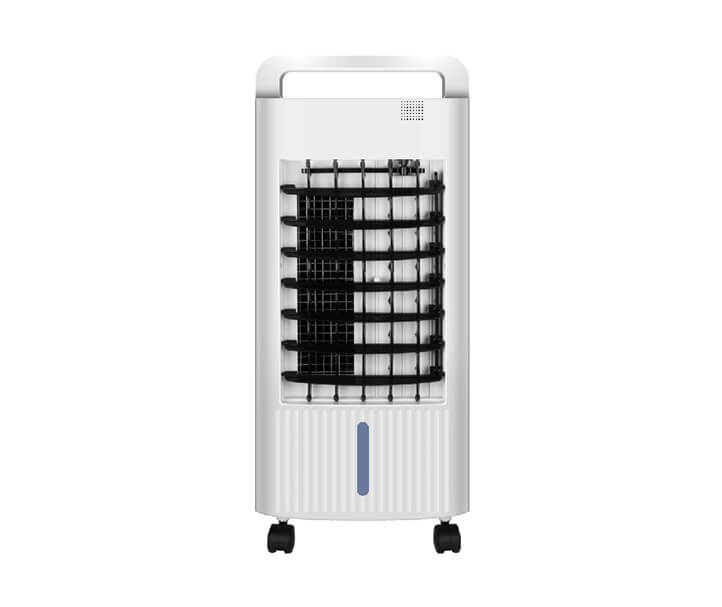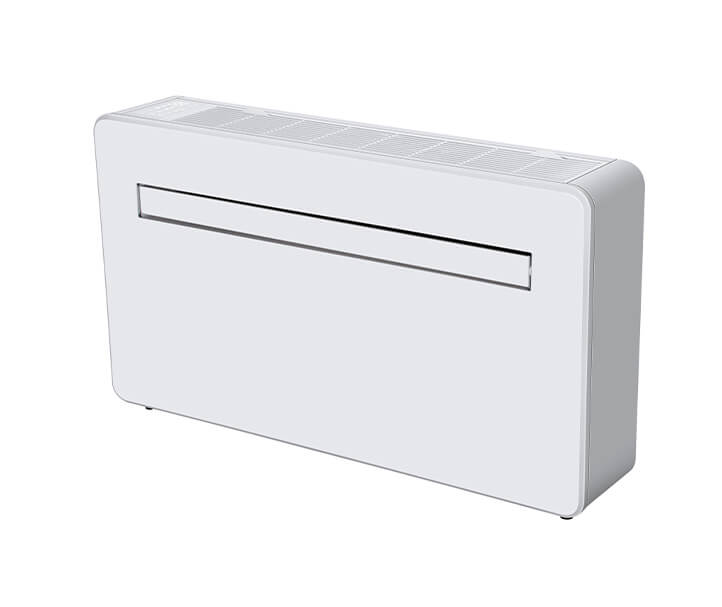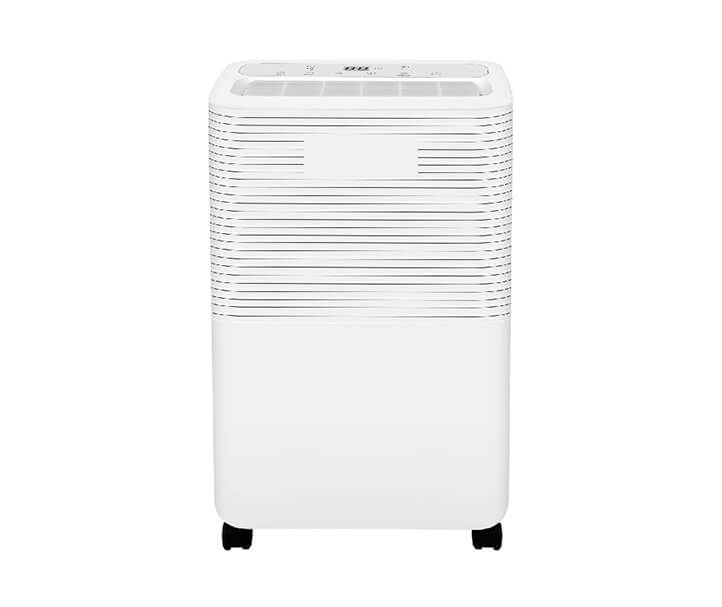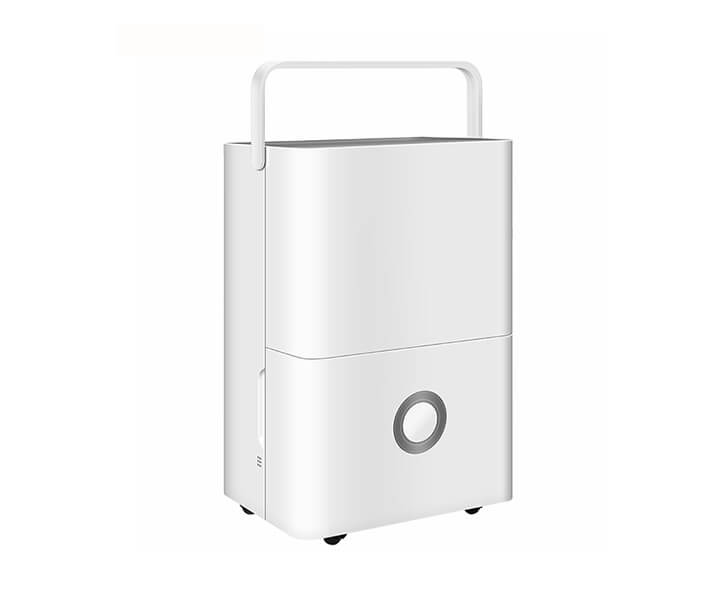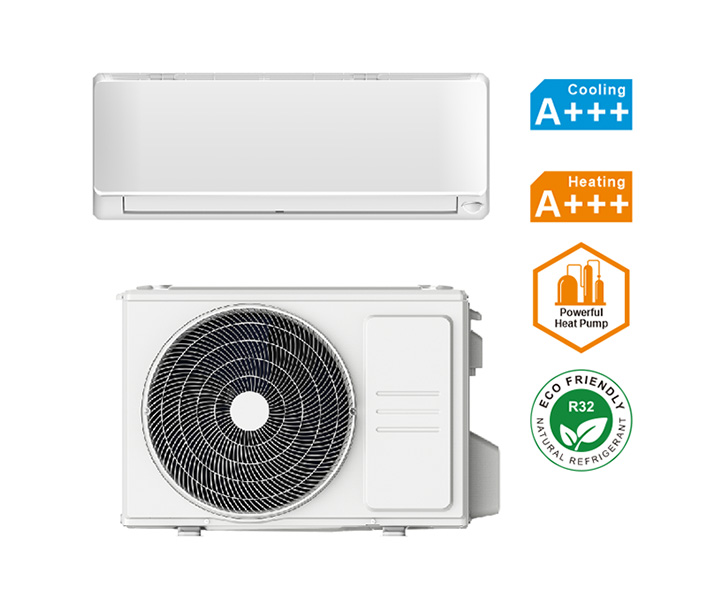
What is the difference between infrared heaters and radiant heaters?
2023-11-15 14:19:43
Exploring variance in depth
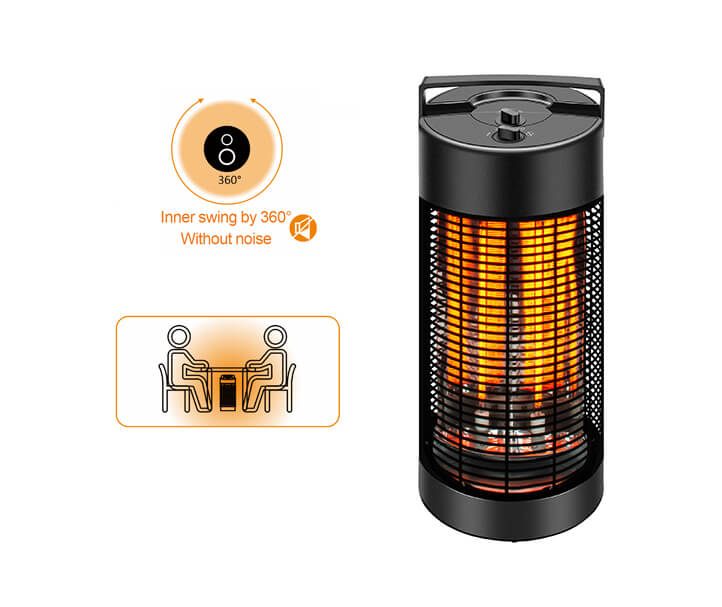
What is the difference between an infrared heater and a radiant heater? Since these terms are often used interchangeably, it's important to understand the nuances of these heating devices. In this article, Nordica Electrical Infrared Heater Customizer will delve into the differences between infrared heaters and radiant heaters, studying their mechanisms, advantages and disadvantages to fully understand their differences.
1. Mechanism
Infrared heaters generate heat by emitting infrared radiation, directly heating objects and people in their path. This type of heating is similar to the warmth we feel from the sun. Radiant heaters, on the other hand, primarily heat air. These heaters heat the surrounding environment by radiating heat from a hot surface or element, such as a metal coil or ceramic disk.
2. Heating efficiency
Infrared heaters have advantages over radiant heaters when it comes to efficiency. Because infrared heat directly heats objects in the room rather than heating the air, heat loss is minimal. This direct transfer of heat results in heating efficiency up to 100%. In contrast, radiant heaters heat the air, which can cause heat loss from ventilation systems or open doors and windows. This indirect heating mechanism typically reduces the efficiency of the radiant heater, with heat losses ranging from 20% to 50%.
3. Heating range
Infrared heaters have a more limited heating range than radiant heaters. Due to the nature of infrared radiation traveling in straight lines and being absorbed by objects in its path, the heating coverage of an infrared heater can be limited to a specific area. In contrast, radiant heaters heat the air to spread heat more widely, providing a wider area of heating throughout a room or space.
In conclusion, while both infrared heaters and radiant heaters offer efficient heating solutions, they differ significantly in their mechanisms, efficiency levels, and heating range. Infrared heaters excel at direct, targeted heating with higher efficiency levels, while radiant heaters provide greater coverage but are more prone to heat loss. Understanding these differences can help individuals make informed decisions when choosing the heating option that best suits their specific needs.
Get the latest price? We'll respond as soon as possible(within 12 hours)



